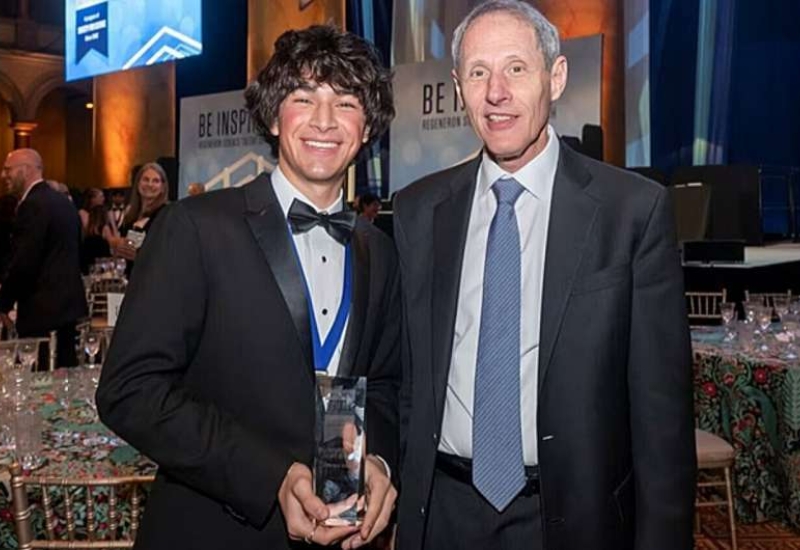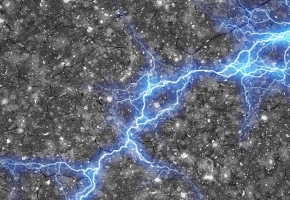High school student uses AI to reveal 1.5 million unknown objects in space

Through his research at Caltech, a local high school student revealed 1.5 million previously unknown objects in space, broadened the potential of a NASA mission.
Paz has wanted to learn more about astronomy since his mother brought him to public Stargazing Lectures at Caltech when he was in grade school. In the summer of 2022, he came to campus to study astronomy and related computer science in the Caltech Planet Finder Academy.
While the NASA telescope was busy observing asteroids, it also detected the varying heat of other more distant, cosmic objects that flashed intensely, pulsated, or dimmed as they were eclipsed. Astronomers call these variable objects: hard-to-catch phenomena like quasars, exploding stars, and paired stars eclipsing each other.
But the data on these variable objects had not yet been harnessed. If the NEOWISE team could identify those objects and make them available to the astronomical community, the resulting catalog could provide insight into how the cosmic entities change over years.
Paz had no intention of sifting through the data manually. His schoolwork had prepared him to bring a new viewpoint to the challenge. He'd taken an interest in AI during an elective that integrated coding, theoretical computer science, and formal mathematics.
Paz knew that AI trains best on vast, orderly datasets. And he had the advanced math knowledge that he needed to enjoy programming: He was already studying advanced undergraduate math in Pasadena Unified School District's Math Academy, in which students finish AP calculus BC in eighth grade.
So Paz set off to develop a machine-learning technique to analyze the entire dataset and flag potential variable objects. In those six weeks, he began to draft the AI model, which began to show some promise. As he worked, he consulted with Kirkpatrick to learn the relevant astronomy and astrophysics.
Now, Paz has refined the AI model to process all of the raw data from NEOWISE's observations and has analyzed the results. Trained to detect minute differences in the telescope's infrared measurements, the algorithms flagged and classified 1.5 million potential new objects in the data. In 2025, Paz and Kirkpatrick plan to publish the complete catalog of objects that varied considerably in brightness in the NEOWISE data.
Now, while he finishes high school, Paz is a Caltech employee. He works for Kirkpatrick in IPAC, which manages, processes, archives, and analyzes data from NEOWISE and several other NASA and NSF–supported space missions. It's Paz's first paying job.
Source: The Astronomical Journal
Image: Matteo Paz with Caltech President Thomas F. Rosenbaum







